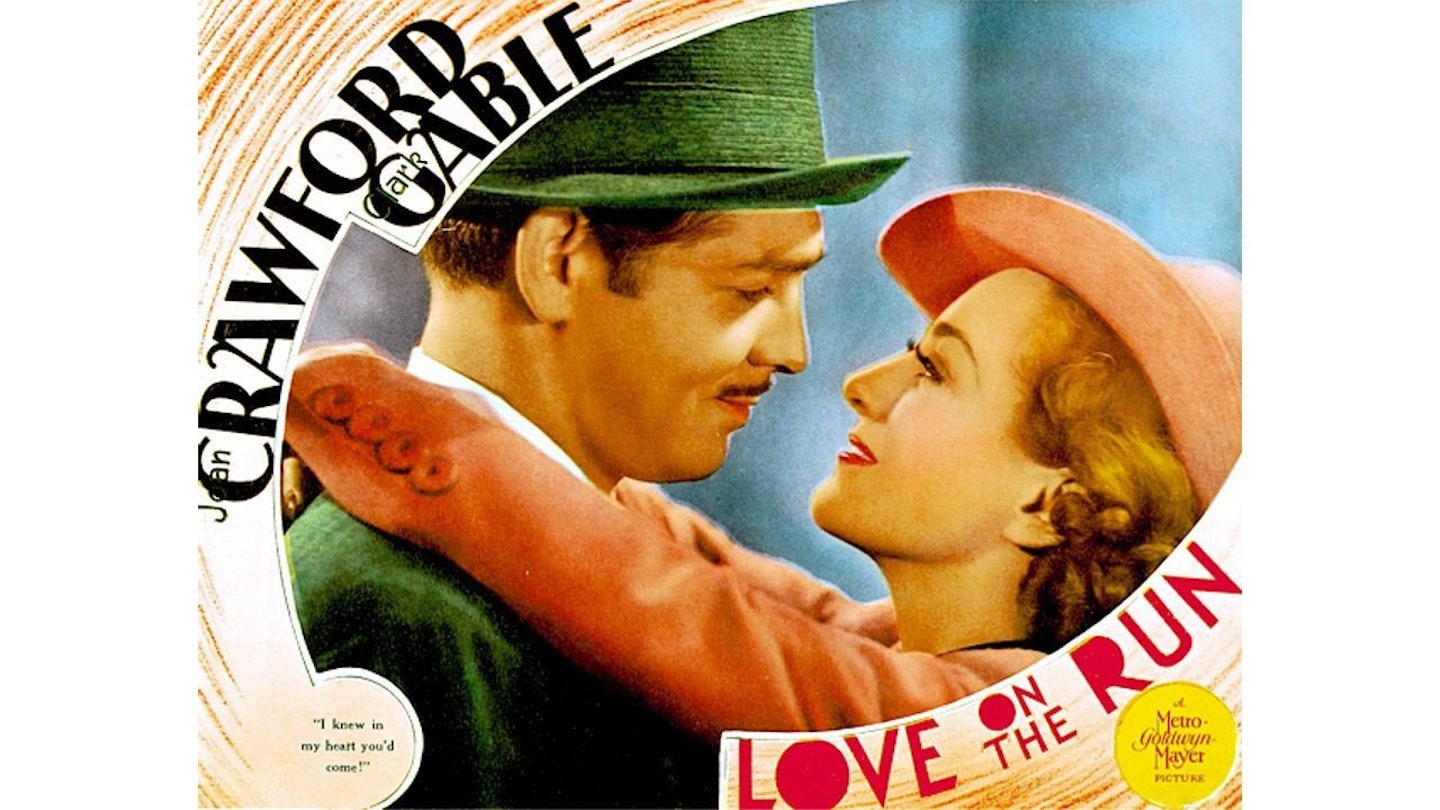Having debuted in Les Quatre Cents Coups, Antoine Doinel made his final screen appearance in the fifth part of François Truffaut's compelling, but inconsistent cycle that also included the `Antoine et Colette' episode in L'Amour à Vingt Ans, Baisers Volés and Domicile Conjugale.
Truffaut had always planned to use the footage left over from the previous pictures to complete the quintet as an homage to its star, Jean-Pierre Léaud, who had gone through a remarkable personal and professional journey during the series' 20-year span. But he didn't quite manage to integrate the old and the new quite as seamlessly as he would have hoped and many critics decried the fact that almost one-fifth of the running time was occupied with off-cuts. Indeed, some accused Truffaut of laziness, others of narcisissm. But his graver failing was the tendency to over-complicate matters by incorporating material from outside the Doinel storyline.
The idea of using Antoine's novel as the justification for flashing back to past incidents was sound enough and Truffaut neatly challenged the reliability of memory by having Colette read the manuscript and question the accuracy of his facts. However, he missed the opportunity to exploit this encounter to explore the ellision between life and art - even though he alluded to his treatise on that theme, Day for Night, by showing Léaud with Dani (who had played the continuity girl) in clips from the original and scenes specially shot for Love on the Run.
This blurring of Truffaut and Doinel's pasts confusingly recurred during the sequence in which Antoine reconciled himself with his late mother, which drew on extracts from the non-Léaud features, Une Belle Fille Comme Moi and L'Homme qui Aimait les Femmes.
It's fascinating to see Doinel at 13, 19, 24, 28 and 33 in one film. But, while Truffaut recognised that this was a picture he had to make, he also regretted its production. He was like a cartoon,' he said later. In cartoons you don't get old. How can Mickey Mouse age? Antoine is like Mickey...so I had to stop.'
